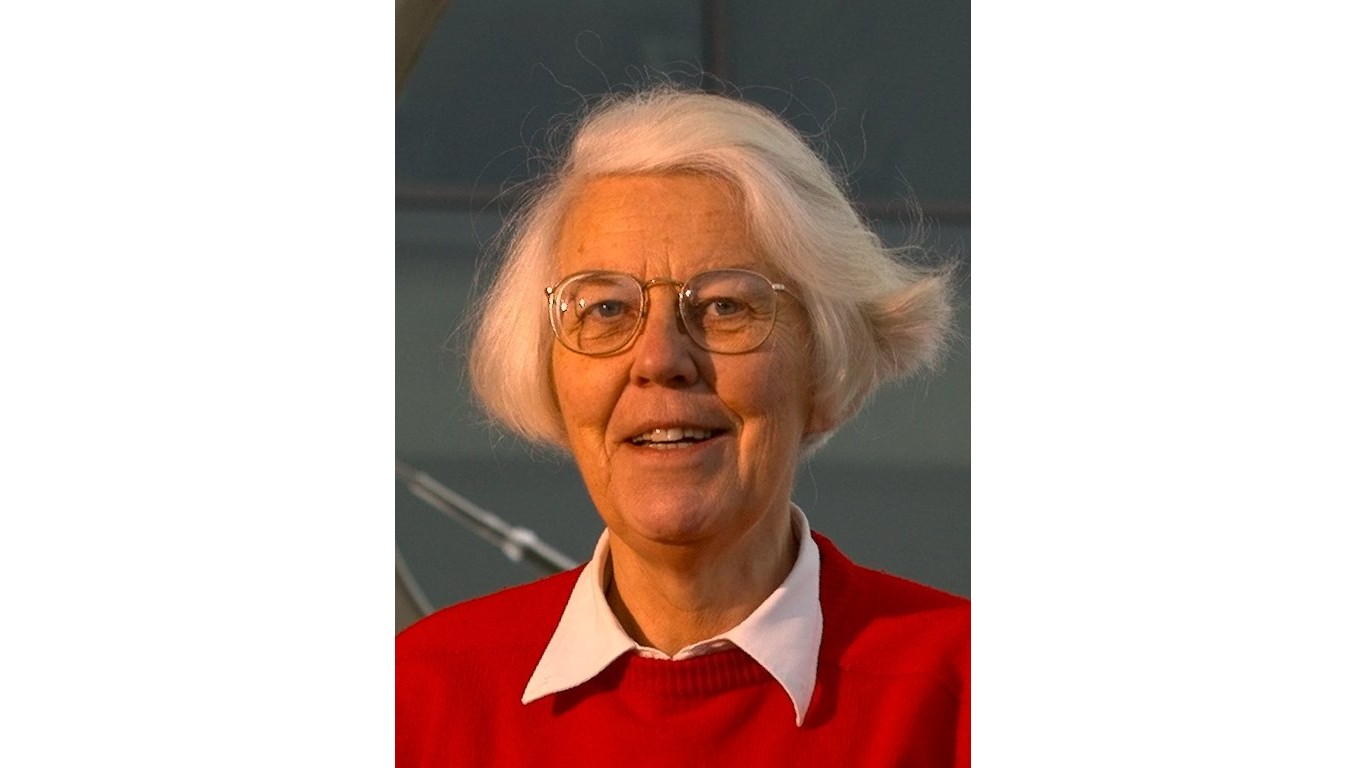
Women have been innovators throughout history, but their role in the field of invention has been, to a great extent, unacknowledged or uncredited. Often their ideas were claimed by men, frequently husbands or colleagues, who had greater access to education, the professions, industry, and elite societies of scientists and inventors. Women who did receive recognition for their inventions battled sexism, and, in the case of Black women, the grim combination of sexism and racism, to obtain both educational and employment opportunities.
While women still face inequality in opportunity and pay, much has changed since the 19th century. Though women could technically apply for patents after the passage of the Patent Act of 1790, they weren’t allowed to own their own property in many states, so their inventions were typically patented by their husbands or associates. In 2019, however, according to the U.S. Patent and Trademark Office, women were included as owners of nearly 22% of all patents filed that year, with 12.8% of them owned by individual women.
Women have been particularly influential in the development of computers and computing, beginning with the real life “Hidden Figures,” made famous by the movie of the same name. These were among hundreds of women, most notably Black women, who served as human computers for NASA. (Here are 30 NASA inventions we still use every day.)
Since then, one woman has been credited with building the first home computer, and others for creating the foundation for search engines, computer networks, and computer coding. (These are the most influential women in the history of science.)
Click here to see the greatest women in innovation and technology
24/7 Tempo has compiled a list of some of the greatest women in innovation and technology, using sources including History, Forbes, The CEO Magazine, and Global App Testing. This list isn’t comprehensive, but is a tribute to some 27 women who have created inventions, pioneered discoveries, and pushed the boundaries of knowledge.
Patricia Bath (1942-2019)
> Field: Medicine
Patricia Bath was a ground-breaking ophthalmologist and laser scientist, but also an educator, activist, humanitarian, and inventor. She battled racism and sexism in getting her ideas recognized, but found ways to make a difference for people all over the world. She is most famous for developing an advanced device for removing cataracts – the laserphaco – which is still used today, but she spent much of her life on a “right to sight” campaign, particularly on behalf of poor people. As one of the founders of the American Institute for the Prevention of Blindness she traveled the world performing surgery, lecturing, and drawing attention to disparities in the availability of health care.
[in-text-ad]

Maria E. Beasley (1836-1913)
> Field: Invention
Four of the life rafts used on the Titanic were designed by Maria E. Beasley, an inventor who created a collapsible life raft that, among other things, had guard rails and a reduced storage size – innovations still used today. She held 15 U.S. patents and two British patents for her various inventions, including a barrel hooping machine, a steam generator, and a foot warmer.

Bessie Virginia Blount (1914-2009)
> Field: Healthcare
Trained as a physical therapist, Bessie Blount began a career as an inventor caring for WWII veteran amputees. She developed ways to help them to live independently, such as devices to allow them to feed themselves. Her inventions were patented in France when the U.S. Patent office turned down her applications. Blount’s work involved her in forensics and she became a respected forensic scientist, working for police agencies in the U.S. and becoming the first Black woman to train and work in Scotland Yard in London.
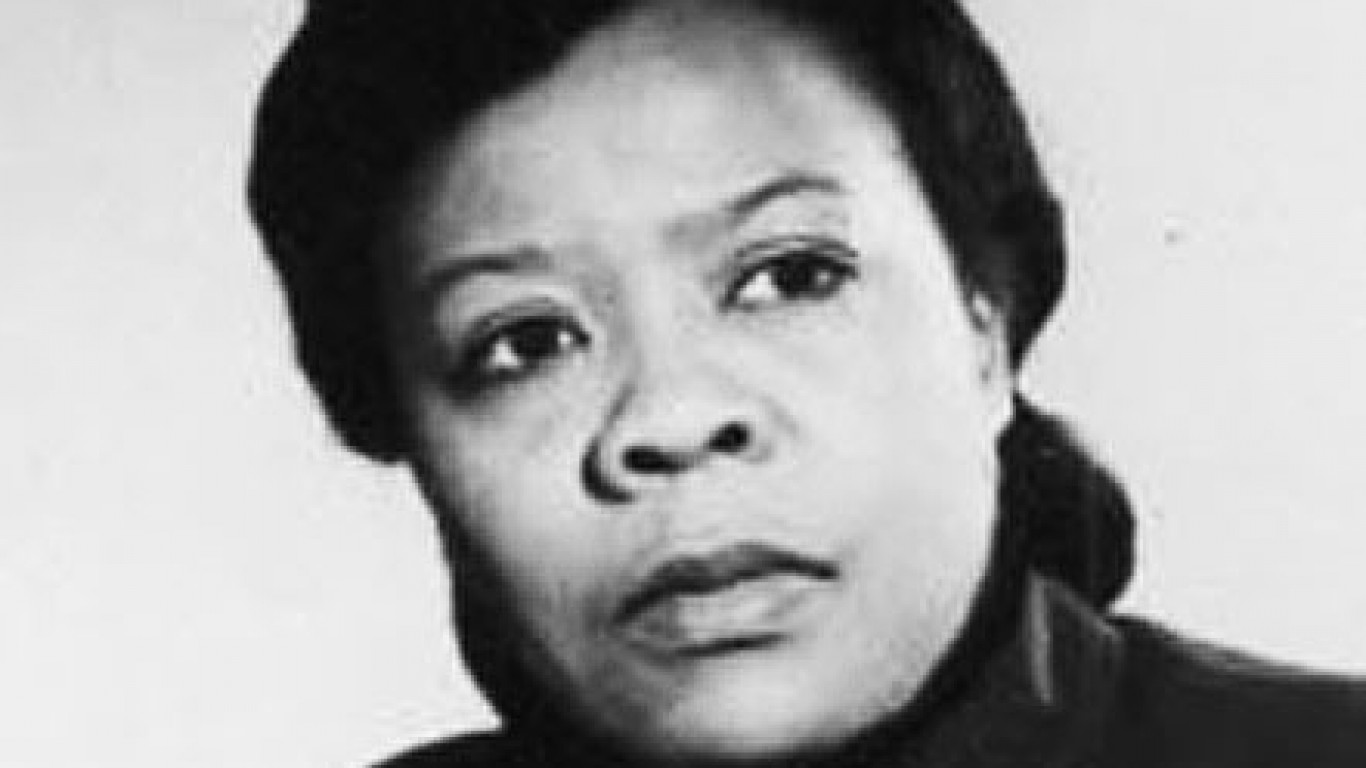
Marie Van Brittan Brown (1922-1999)
> Field: Home security
Born in Queens, Marie Van Brittan Brown made her living as a nurse, working long hours and arriving home late at night. Living in a high crime neighborhood, she worked at ways to make her home more secure, and ultimately, with the help of her husband, an electrical technician, she created the first home security system. Using a camera, peep holes at different levels of the entrance of her house, and microphones, she could see and communicate with anyone who came to her door. Her inventiveness brought her recognition and provided the foundation for modern home security.
[in-text-ad-2]
Dame Jocelyn Bell Burnell (1943- )
> Field: Science
As a graduate student, Northern Ireland-born Jocelyn Bell Burnell discovered pulsars, dead stars that spin through space emitting radio waves. Pulsars have proven to be of inestimable value in the field of astrophysics as tools for measurement, discovery of gravitational forces, and testing of theories of physics. Burnell was awarded a $3 million Special Breakthrough Prize in Fundamental Physics, and donated the money in support of graduate students in physics from underrepresented groups in Britain.
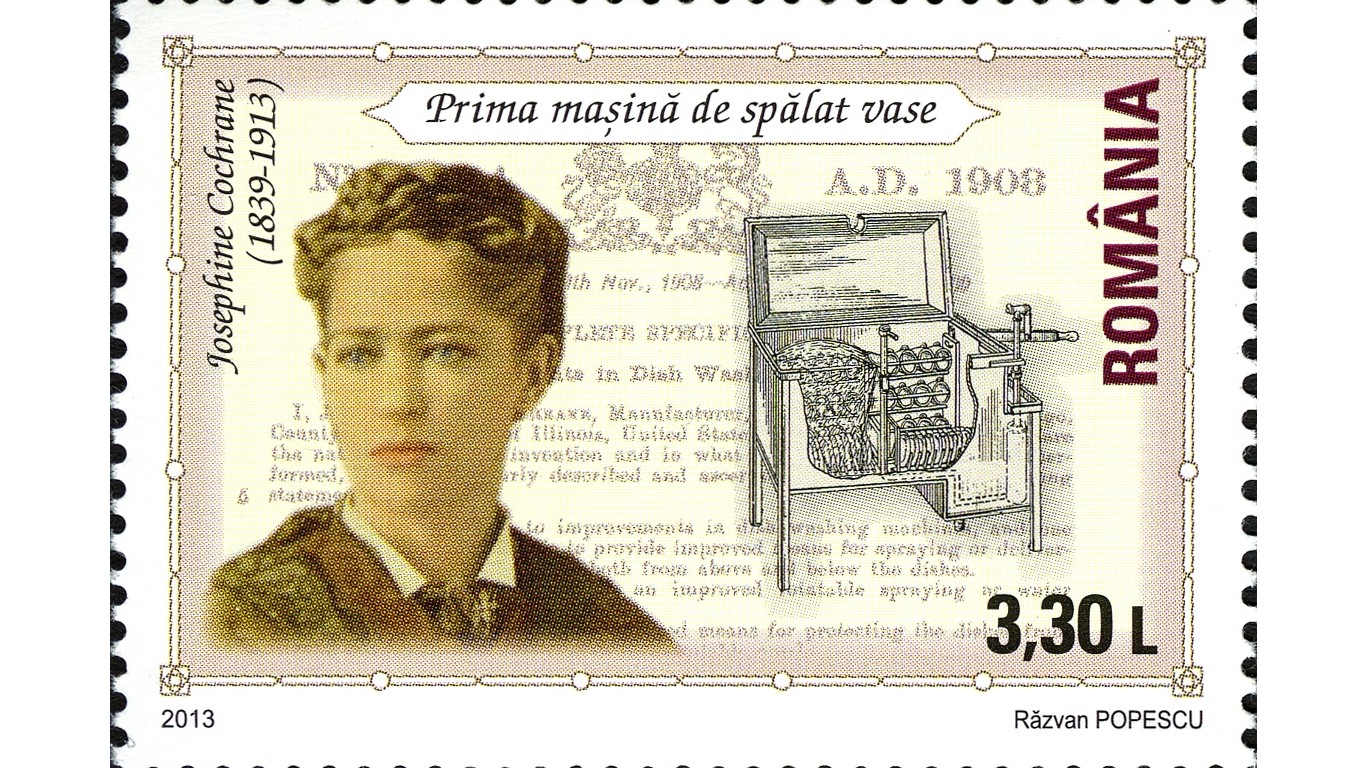
Josephine Cochran (1839-1913)
> Field: Manufacturing
A socialite, Josephine Cochran, was unhappy with the way her fine china got chipped in the sink. She took the dishwashing task away from the servants but was even more unhappy washing dishes herself. Having no training in science or technology, Cochran solved her problem by inventing a dishwashing machine. Finding herself in debt on her husband’s death, she started a successful business manufacturing and selling her invention, the first commercially viable dishwasher. It became even more popular after it was displayed at the 1893 World’s Columbian Exposition in Chicago. After her death, her company became KitchenAid, now a part of Whirlpool Corporation.
[in-text-ad]

Marie Curie (1867-1934)
> Field: Medicine
Marie Curie is the first name that comes to mind in any discussion of women in science. Born in Poland and educated in Paris, she followed her husband and research partner, Pierre, as a professor of physics and head of the physics laboratory at the Sorbonne after his untimely death. Curie is most famous for her discovery of radium, its properties and its applications. She won numerous awards for her work, including a Nobel Prize in Physics in 1903 and Nobel Prize in Chemistry in 1911. Curie died from aplastic anemia, which is thought to have been caused by her regular exposure to radiation.
Elizabeth J. Feinler (1931- )
> Field: Technology
Elizabeth Feinler, known as “Jake,” was one of the facilitators and builders of what became the internet. For 17 years she ran the Network Information Center – NIC – at the Stanford Research center, one of the connected centers of a government supported system known as ARPAnet, precursor to the internet. There she oversaw the publication of documentation and registries for the system, which ultimately led to the domain name system. Feinler described NIC as a “pre-historic Google”, distributing directories, first on paper and then online, and hosting a hotline for users of the system.

Letitia Mumford Geer (1852-1935)
> Field: Medicine
Letitia Mumford, a native of The Bronx, played an important role in the modernization of health care with her one-handed medical syringe, for which she filed for a patent in 1896. The device, which was the inspiration for today’s syringes, had the advantages of being cheap to manufacture and offering one-handed operation, and could be used by either the physician or the patient.
[in-text-ad-2]
Adele Goldberg (1945- )
> Field: Technology
We use them everyday but don’t think about how much we rely on windows, icons, menus, and pointers as basic to our PC experience. They didn’t exist before Adele Goldberg and her colleagues at XeroxPARC developed a computer language, called SmallTalk-80, that was used to create one of the first graphic interfaces, the one that brought us those screen essentials.
In 2010, Goldberg was inducted into the Women in Technology International Hall of Fame.
Grace Hopper (1906-1992)
> Field: Technology
With a PhD in mathematics from Yale, Grace Hopper left a teaching career to join the Navy after the attack on Pearl Harbor. There she worked on the first electromechanical computer, a landmark invention that was successfully employed in the war effort. Later, as a reservist in the private sector, she became a pioneer in computer development and coding, working on UNIVAC at the Rand Corporation, creating the first word-based code, and taking a lead role in designing COBOL, now used across business sectors. She was called back into military service after her age-based retirement, to standardize the Navy’s computer coding. She finally retired as a rear admiral at the age of 79, the oldest officer in anyu of the American armed forces. Throughout her life, she was the recipient of many prestigious awards, the last of which was the Presidential Medal of Freedom, awarded posthumously in 2016, 24 years after her death.
[in-text-ad]
Shirley Ann Jackson (1946- )
> Field: Technology
Shirley Ann Jackson is a woman of many stunning firsts, among them: first Black woman to earn a PhD in physics from MIT, first woman and first African-American to serve as Chair of the U.S. Nuclear Regulatory Commission, and first woman and first African-American to be named president of Rensselaer Polytechnic Institute. Jackson did ground-breaking research in the area of theoretical physics while working at AT&T Bell laboratories. Her discoveries led to the invention by others of the fax machine, touch-tone phone, fiber optic cells, and solar cells.
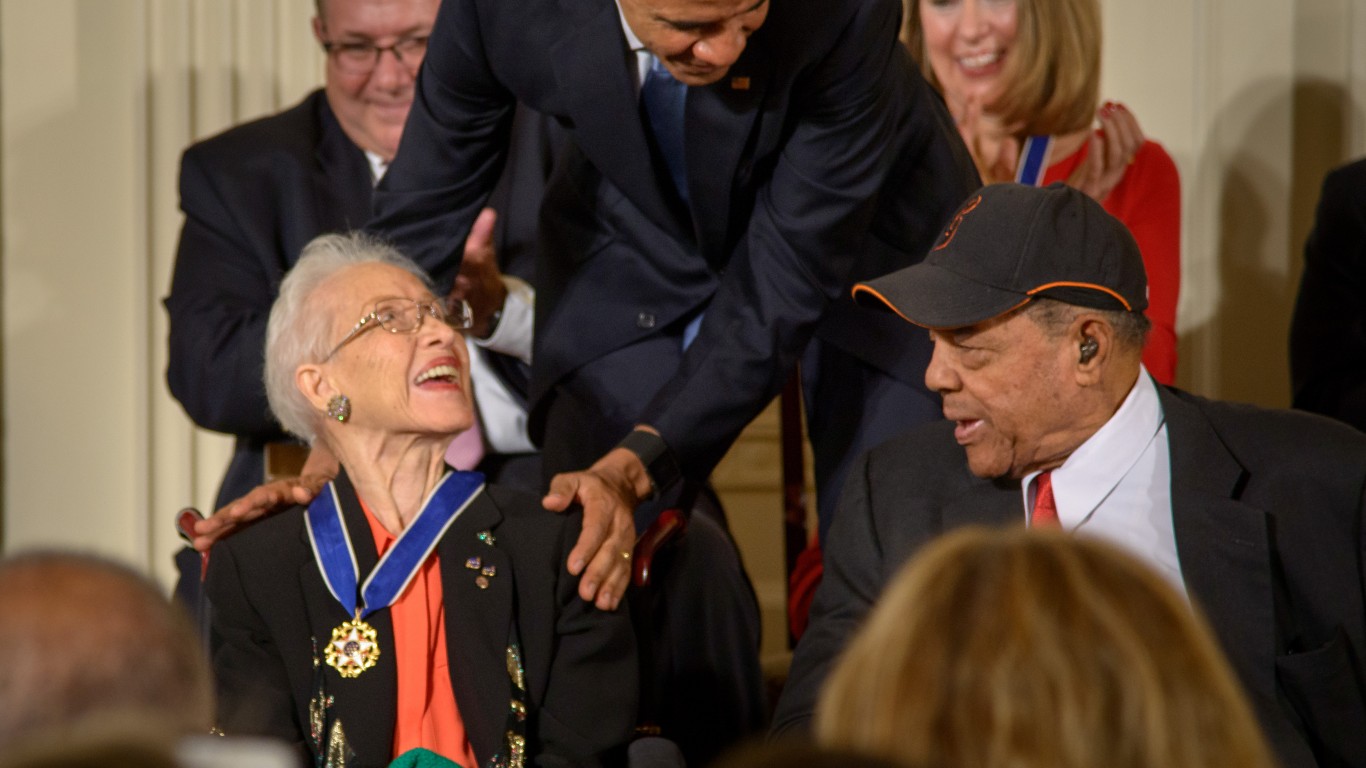
Katherine Johnson (1918-2020)
> Field: Science
Made famous by the movie “Hidden Figures,” the true story of Black women working as human computers for NASA, Katherine Johnson was a math prodigy who crossed racial barriers to get an education and – ultimately – success and acclaim in the space program. Her genius – with the help of a pencil, graph paper, and calculator – was relied upon to put a man on the moon, as she checked the calculations of a non-human computer. Her contribution to space exploration earned her the Presidential Medal of Freedom, and NASA dedicated a building in her honor. She died in 2020 at the age of 101, the last of the “hidden figures.”
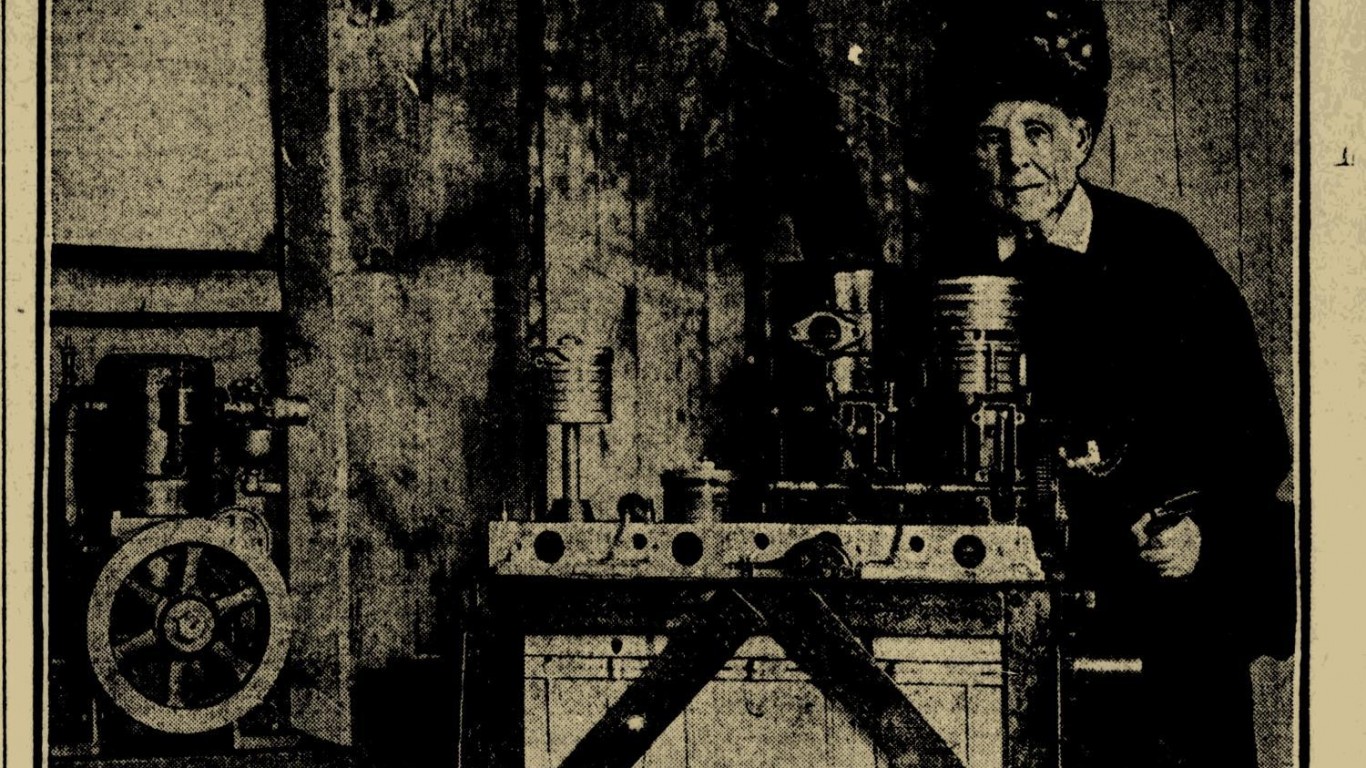
Margaret E. Knight (1838-1914)
> Field: Manufacturing
A born inventor, Margaret E. Knight designed her own kites and sleds as a child, and, as a 13-year-old mill worker, invented a device to keep flying shuttles from breaking loose and causing injuries. Given her prowess, she was able to find work in other industrial settings including a factory where her job was hand folding and gluing tricky flat-bottom paper bags. The tedium inspired her to design and build a machine to do the work. Few women had successfully filed for patents in the 19th century, and Knight had to defend hers against a man who stole her idea and then argued that it was not possible that a woman could have designed the machine. She won in a court fight, displaying her original drawings and specs, and went on to file 20 more patents.
[in-text-ad-2]
Stephanie Kwolek (1923-2014)
> Field: Science
Stephane Kwolek got a job with DuPont after obtaining an undergraduate degree in chemistry, but with the idea of eventually going to medical school. Her childhood love of sewing and fabrics was revived by work she was assigned, inventing new industrial fibers. She gave up her medical aspirations to conduct polymer research and went on to invent high tech materials strong enough to stop a bullet – most notably, Kevlar.
Hedy Lamarr (1914-2000)
> Field: Technology
A film star considered one of the great beauties of the 20th century, Hedy Lamarr carried on a secret life as an inventor, in partnership with composer George Anteil (she did the design work, he was the model maker). During WWII, she is credited with inventing “frequency hopping” to prevent enemy ships from blocking torpedo guidance. Although the Navy rejected the idea, it was later picked up by contractors and used in the development of cell phones, GPS, Bluetooth, and WIFI. The invention was also eventually used as intended. The US ships surrounding Cuba during the Cuban missile crisis were armed with frequency hopping devices. Lamarr and Anteil were inducted into the National Inventors Hall of Fame posthumously in 2014.
[in-text-ad]
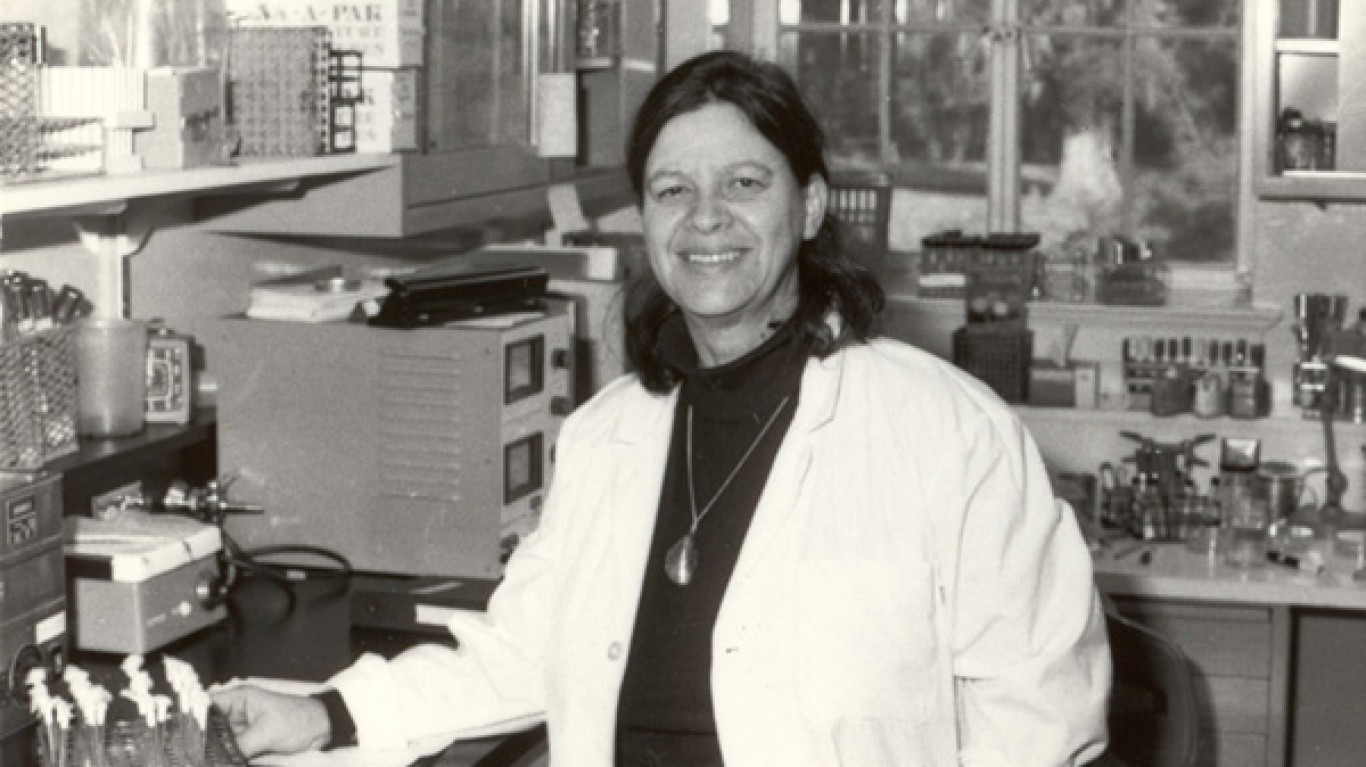
Esther Lederberg (1922-2006)
> Field: Science
Esther Lederberg was a microbiologist who earned her doctorate in the field of bacterial genetics. In the following years, first in Wisconsin and then at Stanford University, she assisted her husband, Joshua Lederberg, doing pioneering work on drug resistant bacteria, for which he and two others received the Nobel Prize in 1958. On her own, Esther did important work in the study of complex viruses, discovering a previously unknown “stealth” virus, the lambda phage, which entered a bacterium and later emerged to infect the host.

Ada Lovelace (1815-1852)
> Field: Technology
Augusta Ada King, the Countess of Lovelace – known simply as Ada Lovelace the daughter of the great poet Lord Byron. Her mother was a mathematician and, having separated from Byron, steered her away from poetry, encouraging her to study mathematics instead. Introduced to the inventor Charles Babbage, Lovelace became interested in his plans for a calculating machine and became his regular correspondent and intellectual partner, articulating his vision. Calling herself a metaphysician and analyst, she made notes on his work that provided groundwork for the development of the computer.
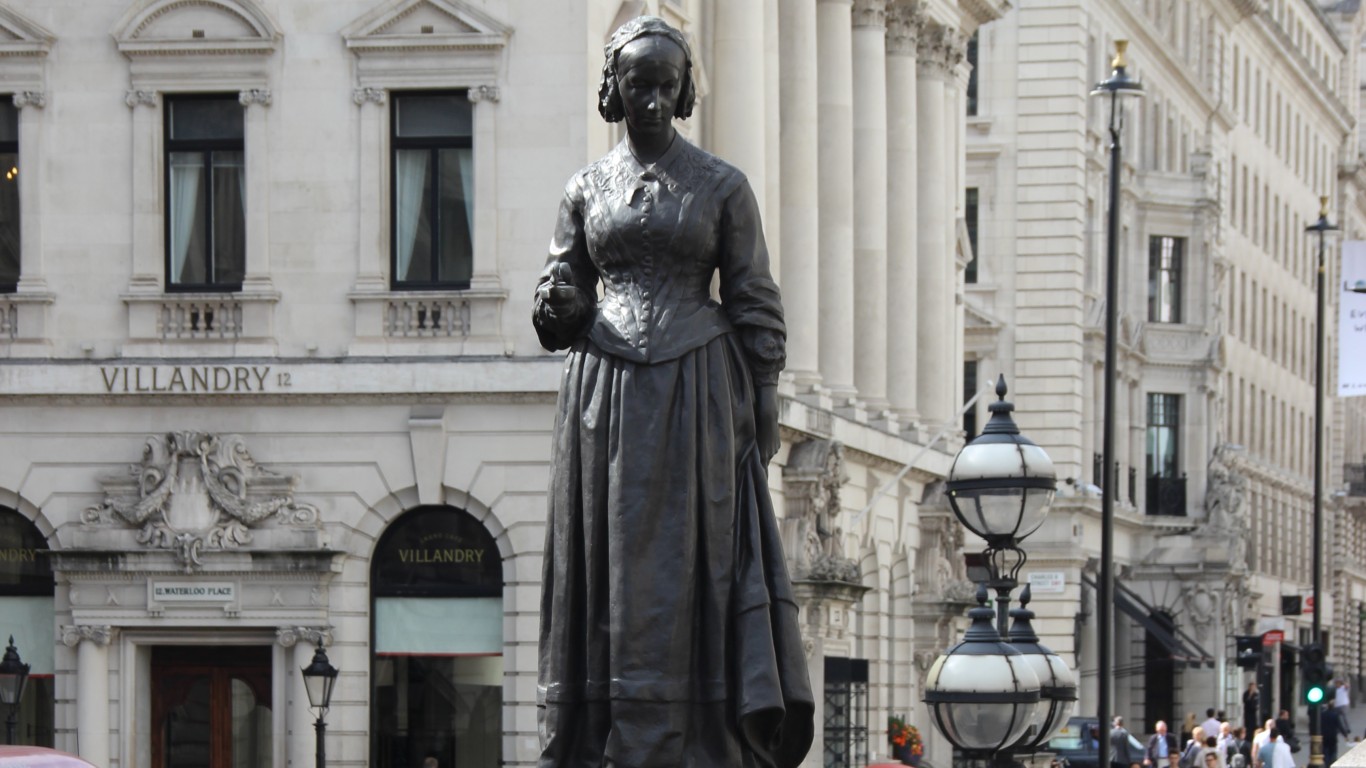
Florence Nightingale (1820-1910)
> Field: Healthcare
Born into a wealthy British family but uninterested in the trappings of wealth, Florence Nightingale pursued training in nursing, generally considered a lowly career for the poor and unworldly. She became famous for taking a team of female nurses to Turkey to care for British soldiers wounded in the Crimean War. There she insisted on good sanitation and nutrition and on responding to the psychological as well as physical damage the war had wrought on her patients, in the process reducing the hospital mortality rate from 40% to 2%. She spent the rest of her life teaching, while improving and elevating the practice of nursing. She wrote over 200 books and pamphlets on health care and created a modern curriculum for the study of nursing.
[in-text-ad-2]

Alice H. Parker(1885-1920)
> Field: Manufacturing
Alice H. Parker’s motivation for invention was simple: She was cold. Unlike the rest of the residents of her home state of New Jersey, and from other parts of the world plagued with cold winters, she was determined to improve upon wood-burning fireplaces. Her patented natural gas burning system provided the basis for modern zone-based heating systems, including thermostats.

Florence Parpart (unknown)
> Field: Invention
Little is known about Florence Parpart, except that she was born in Hoboken, New Jersey, probably in the 1860s, and was listed by the U.S. Census as a housewife in the early 20th century. Parpart is remembered for designing a street sweeper that was a significant improvement over an existing machine – she patented her creation and then entered into contracts for its manufacturer and sales. She is most remembered for another invention, however. She modernized the home kitchen by patenting an electric refrigerator.
[in-text-ad]
Radia Perlman (1951- )
> Field: Technology
The author of two text books and holder of more than 100 patents, Radia Perlman has been a giant in the development of the internet. She is most famous for transforming Ethernet with Spanning-Tree Protocol, or STP, which allows for networks of hundreds of thousands of nodes over a wide area. She also developed techniques to make routing more reliable
Karen Spärck-Jones (1935- )
> Field: Technology
Her early interest in linguistics led Karen Spärck-Jones to work on natural language processing, which provided the foundation for computer search engines. She went on to work on speech recognition systems. In the 1980s she worked with the British government encouraging computer research, and co-wrote a textbook on natural language processing systems. She was rewarded late in life with a full professorship at Cambridge University.
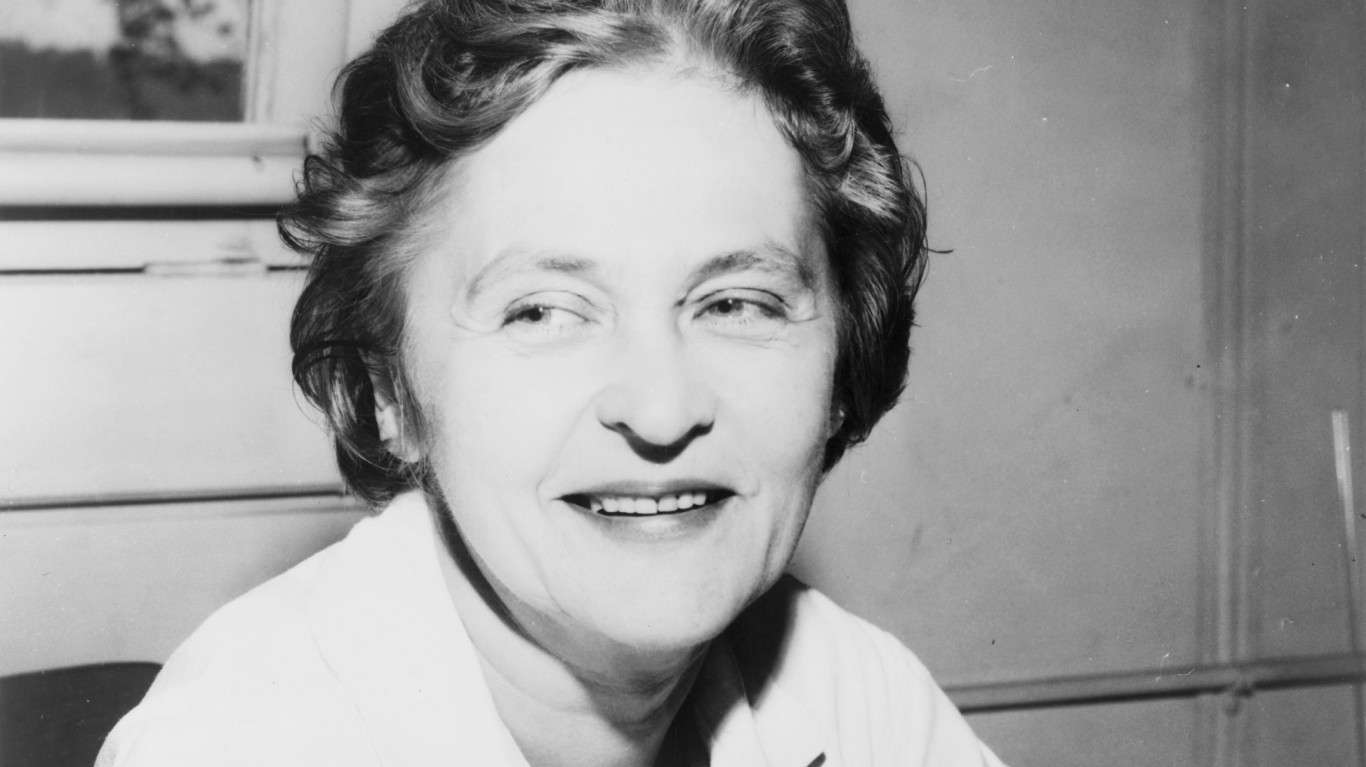
Mária Telkes (1900-1995)
> Field: Science
After earning a PhD in physical chemistry in Hungary, Mária Telkes went on to have a celebrated career in the U.S., working in the labs of a number of companies and educational institutions. She was a pioneer in the development of solar cells and making practical use of energy from the sun. Her first groundbreaking invention was a solar distiller which saved the lives of many downed pilots in WWII. She also created a solar oven and was part of a team that built the first solar home.
[in-text-ad-2]
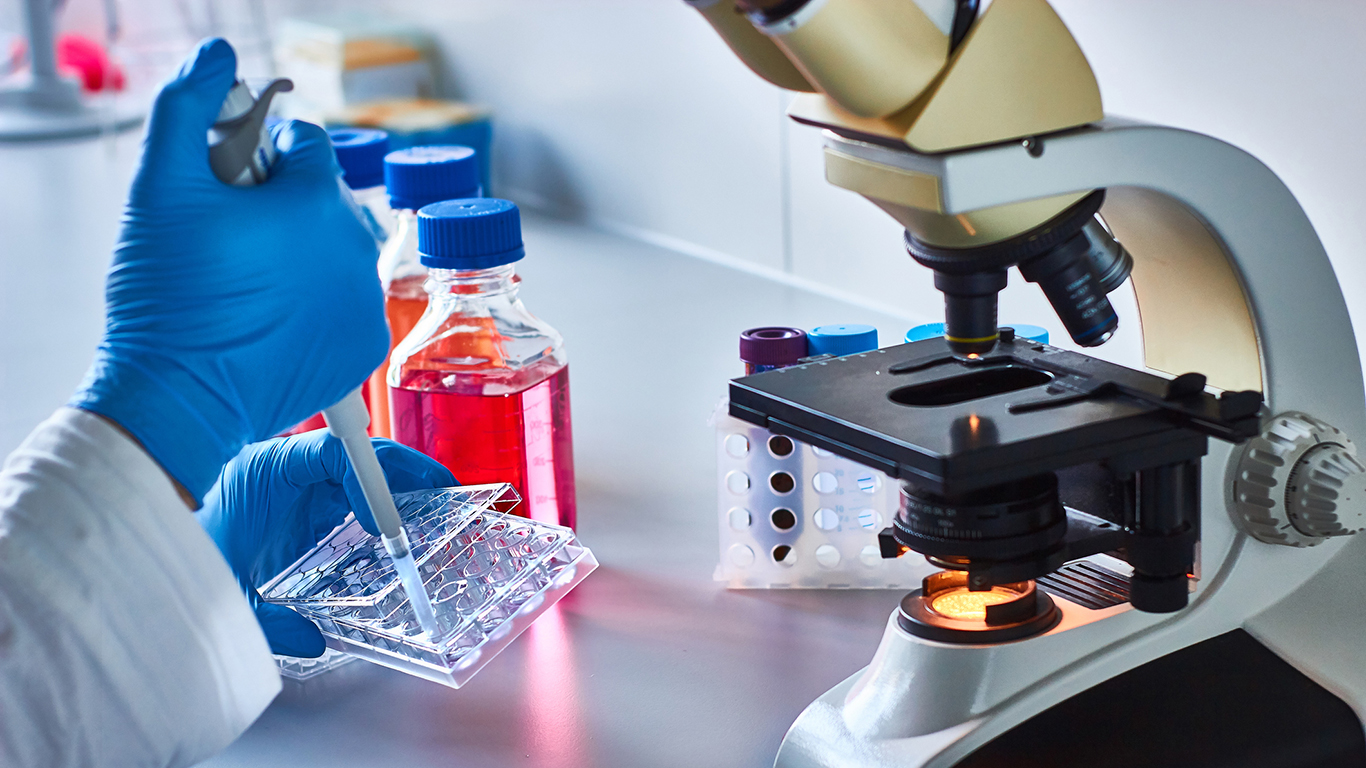
Ann Tsukamoto (1952- )
> Field: Science
Ann Tsukamoto is highly respected for her research into stem cells, the key to life-saving cancer treatments. Her research has led to a better understanding of how stem cells function in the blood. She is a co-holder of patents for the isolation of human stem cells.

Margaret A. Wilcox (1838-unknown)
> Field: Invention
Margaret Wilcox was a female mechanical engineer, a rarity in the 19th century. Her early invention of a combination dish and clothes washer was patented by her husband – a common practice in the days when women weren’t allowed to own property independent of their husbands in many states. In 1893, however, she was able to obtain a patent under her own name for a device that could transfer heat from an engine of a train into the passenger compartments. This led in turn to the development of heaters for automobiles – though car heaters did not catch on until Henry Ford employed them in his 1929 Model As.
[in-text-ad]
Mary Allen Wilkes (1937- )
> Field: Technology
Mary Allen Wilkes began her career as a computer scientist and innovator working with some of the earliest large frame computers. Her biggest contribution was in designing the console and operating system for LINC, which became the first microcomputer. She also built a computer for her personal use, believed to be the first home computer. In her late 30’s she left computer development and became a lawyer, earning a law degree from Harvard in 1975.
Travel Cards Are Getting Too Good To Ignore (sponsored)
Credit card companies are pulling out all the stops, with the issuers are offering insane travel rewards and perks.
We’re talking huge sign-up bonuses, points on every purchase, and benefits like lounge access, travel credits, and free hotel nights. For travelers, these rewards can add up to thousands of dollars in flights, upgrades, and luxury experiences every year.
It’s like getting paid to travel — and it’s available to qualified borrowers who know where to look.
We’ve rounded up some of the best travel credit cards on the market. Click here to see the list. Don’t miss these offers — they won’t be this good forever.
Thank you for reading! Have some feedback for us?
Contact the 24/7 Wall St. editorial team.

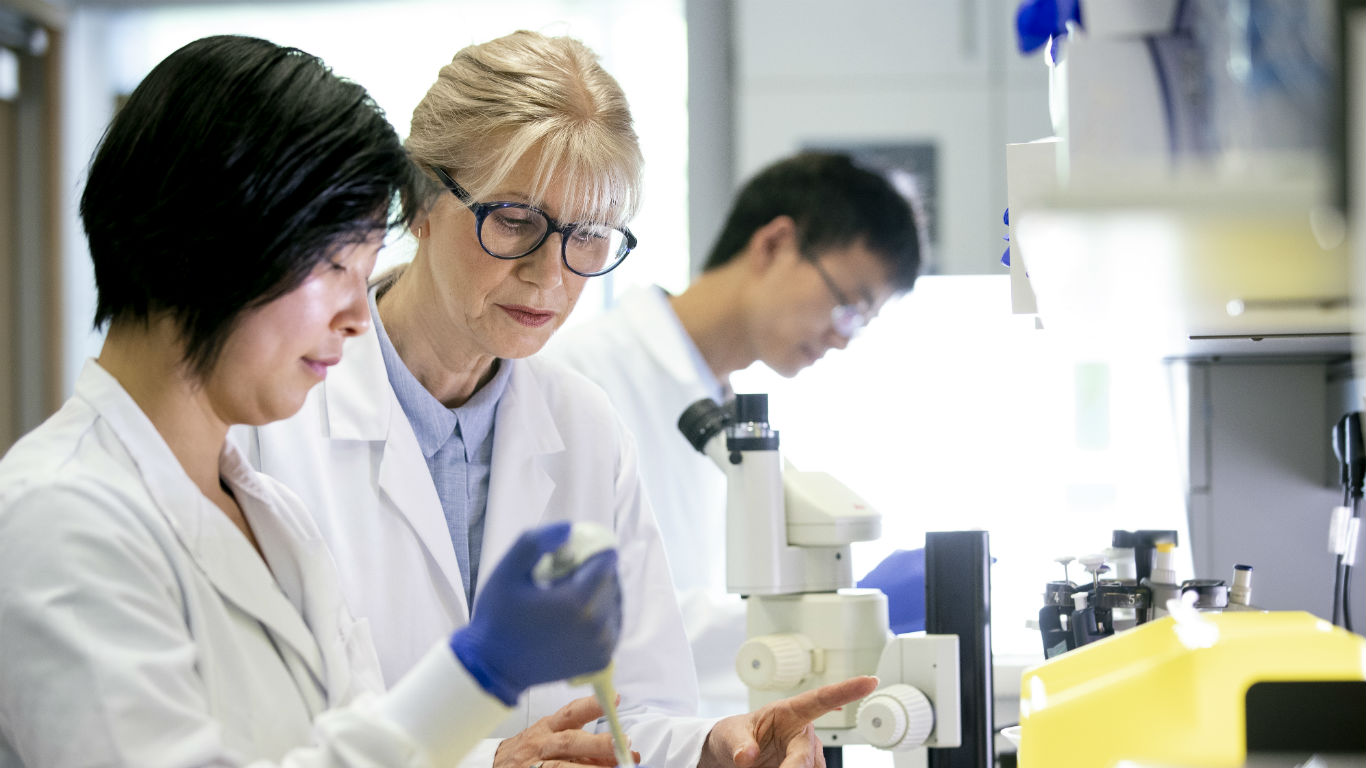 24/7 Wall St.
24/7 Wall St.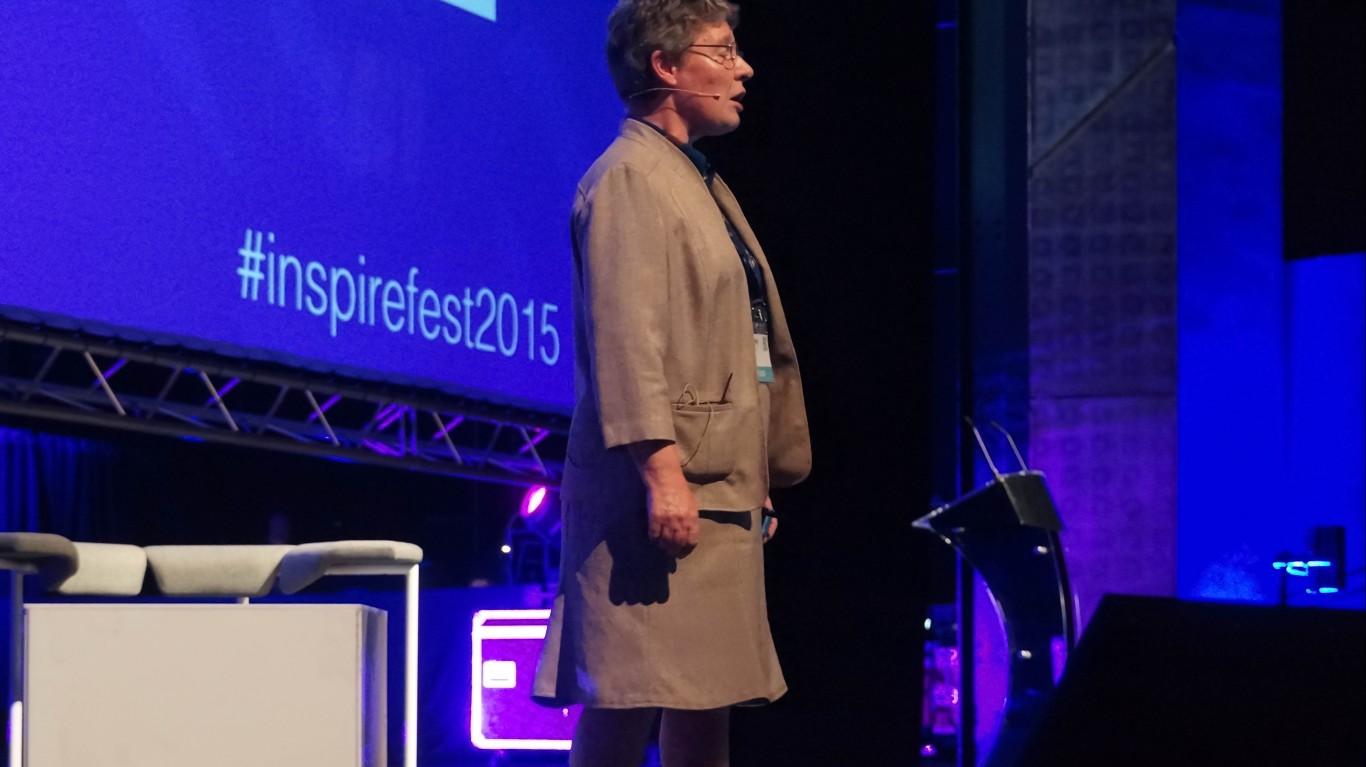
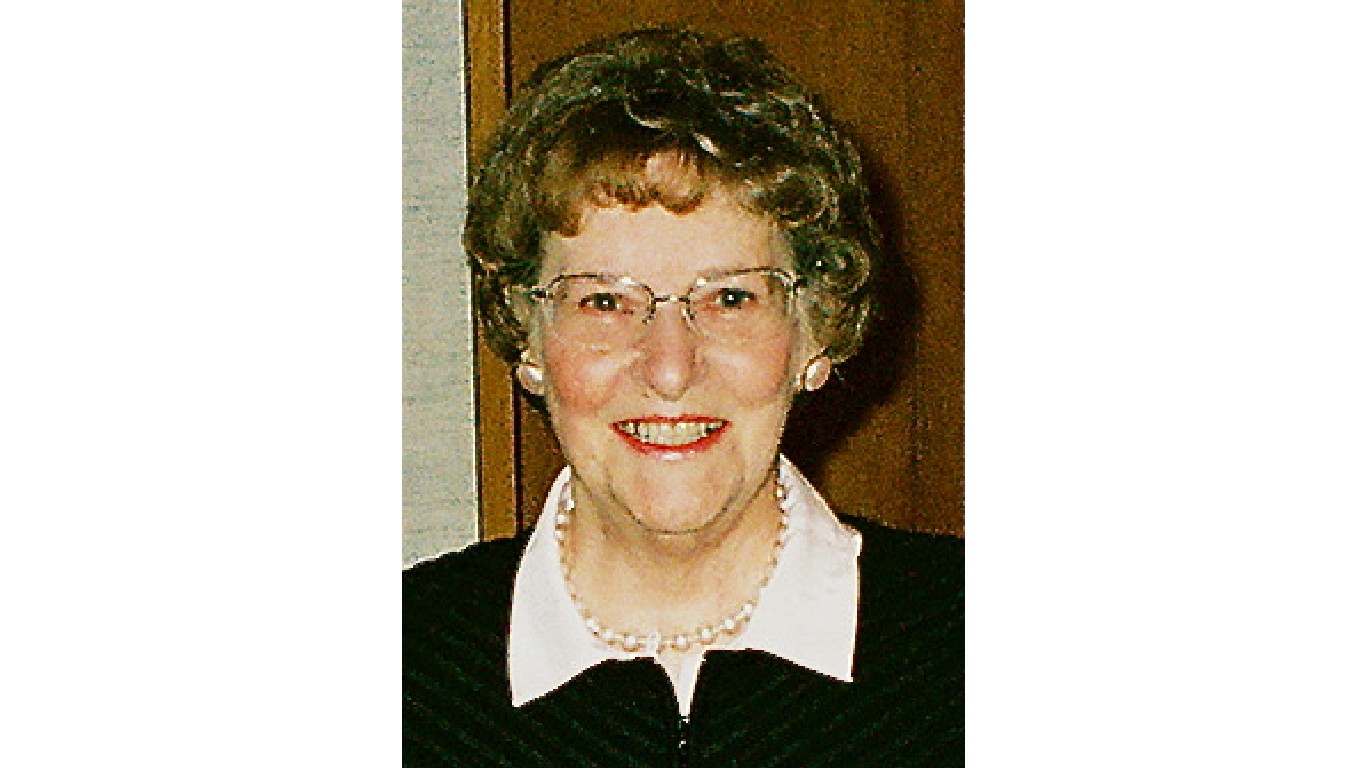
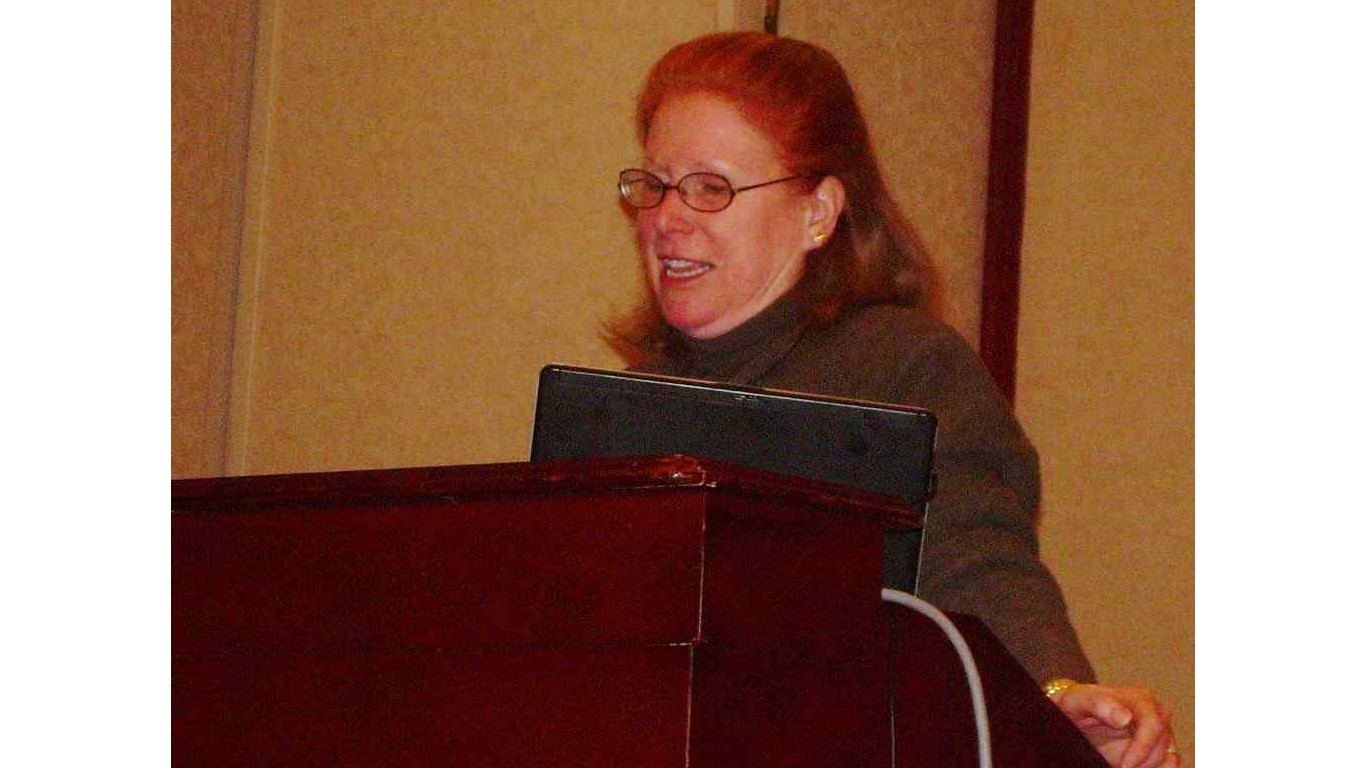


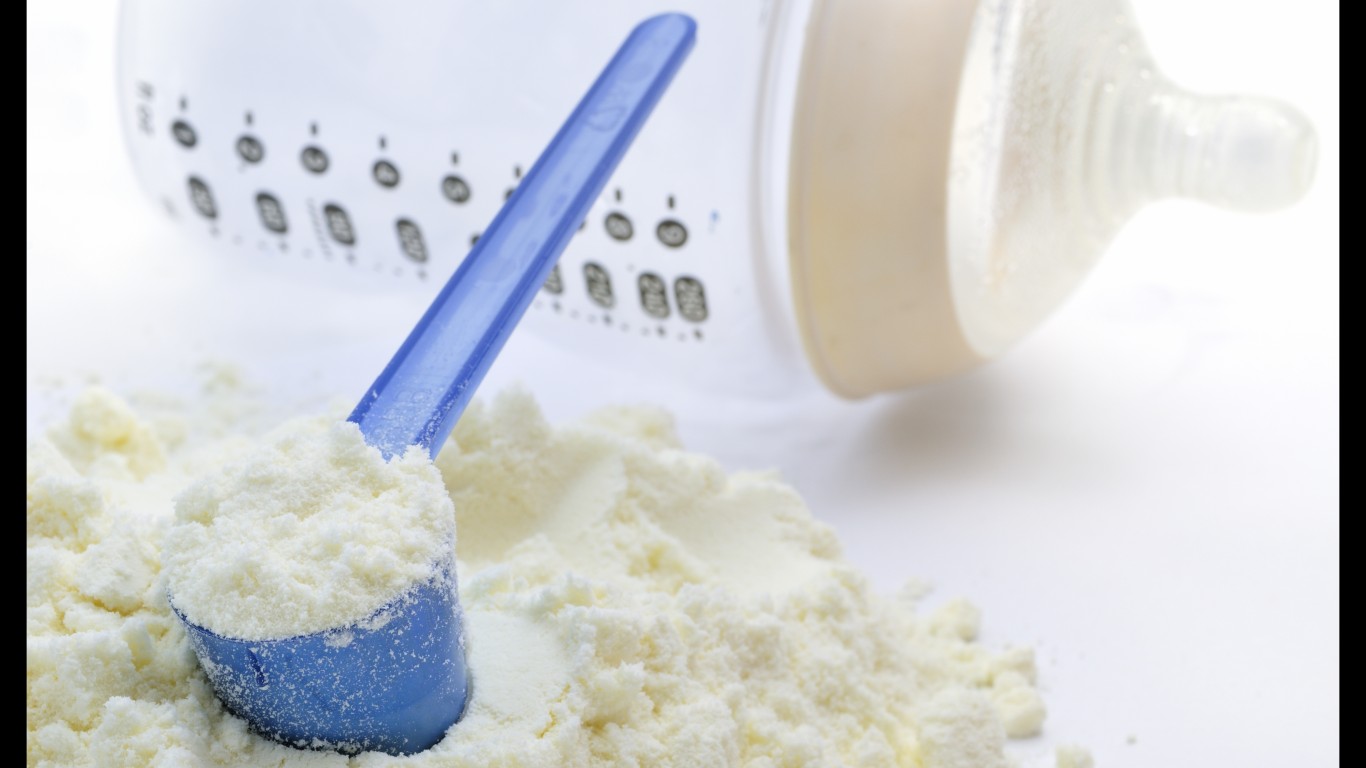 24/7 Wall St.
24/7 Wall St.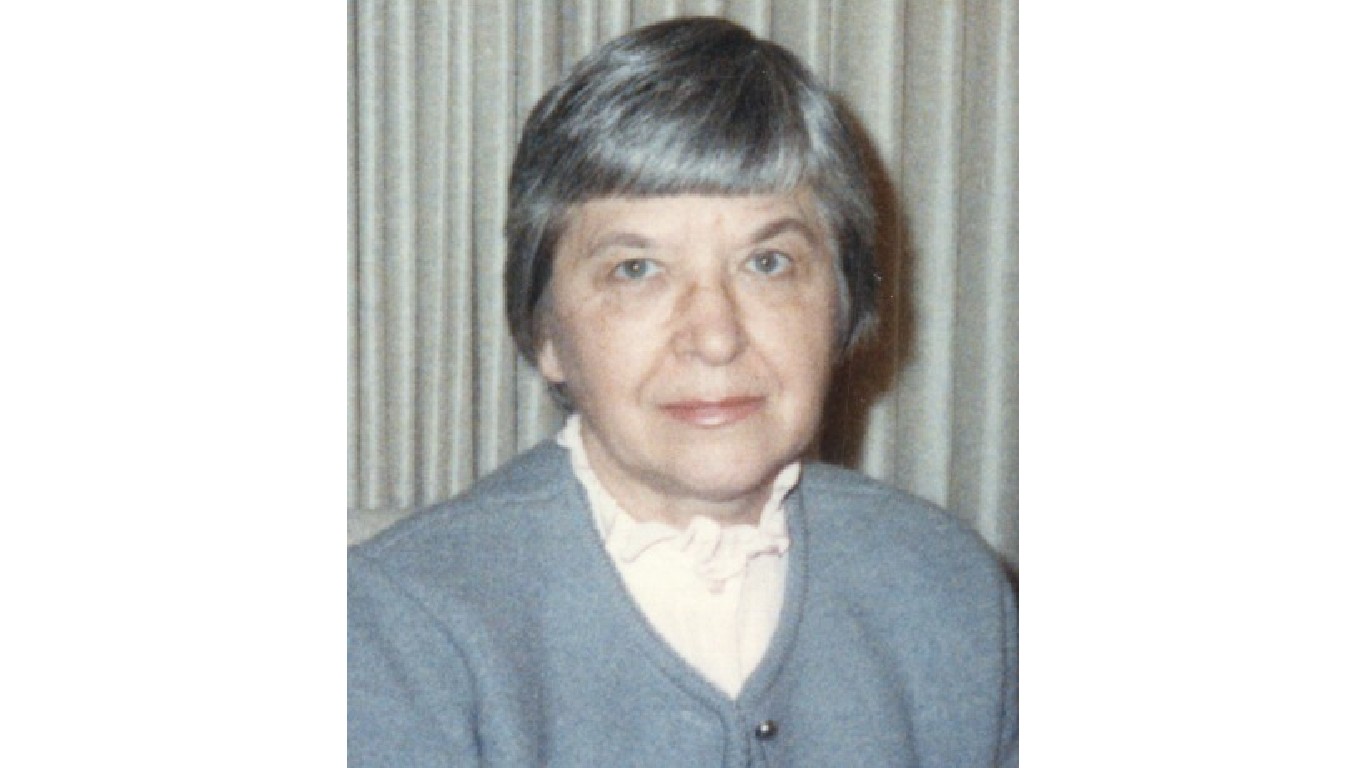

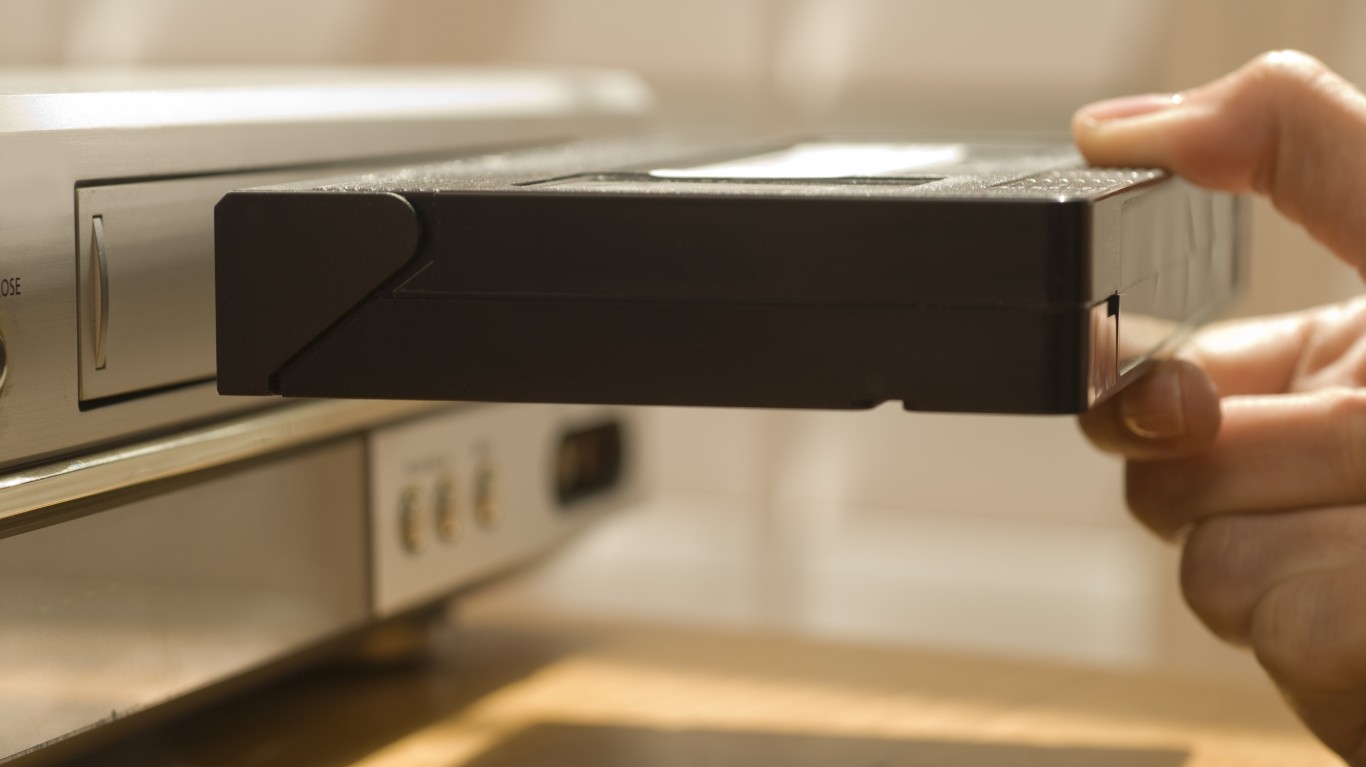 24/7 Wall St.
24/7 Wall St.
 24/7 Wall St.
24/7 Wall St.